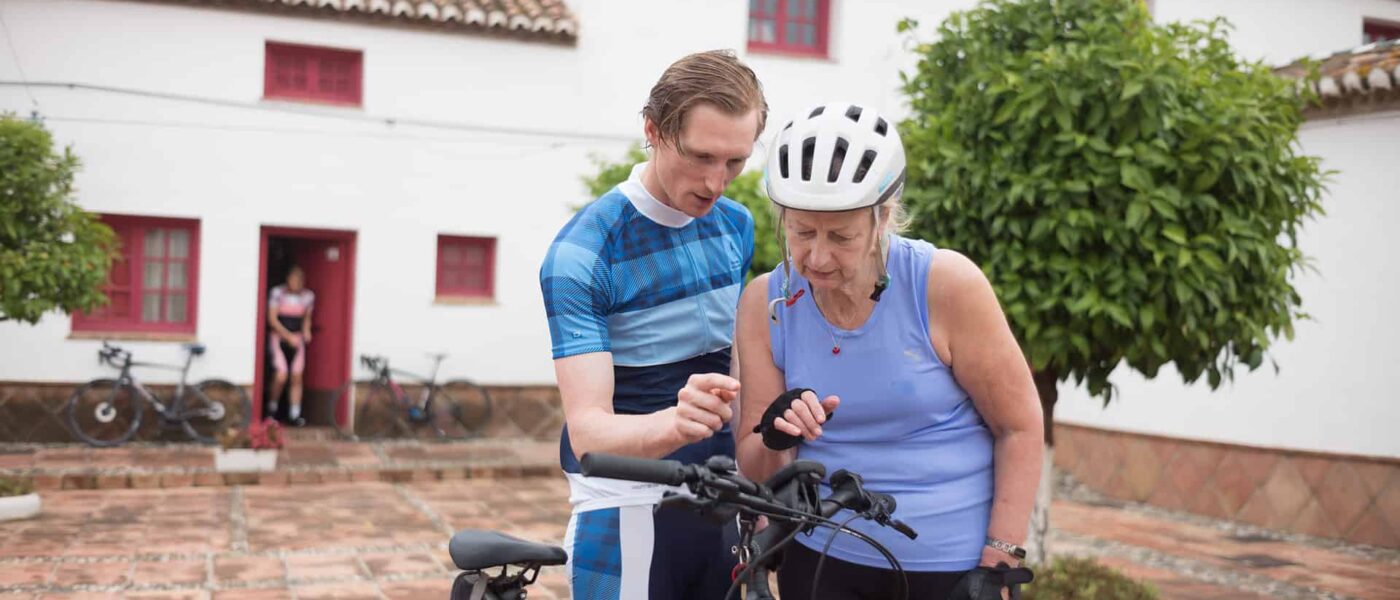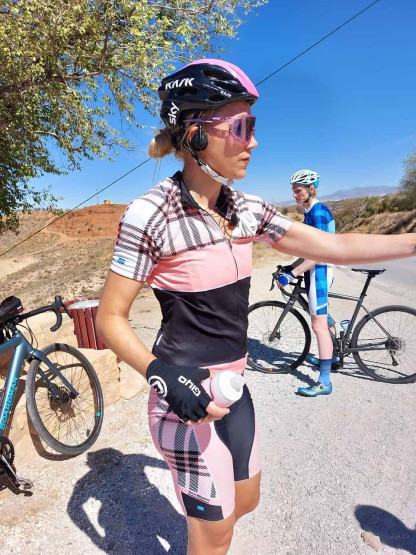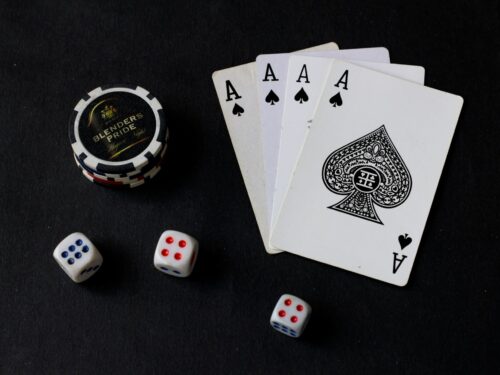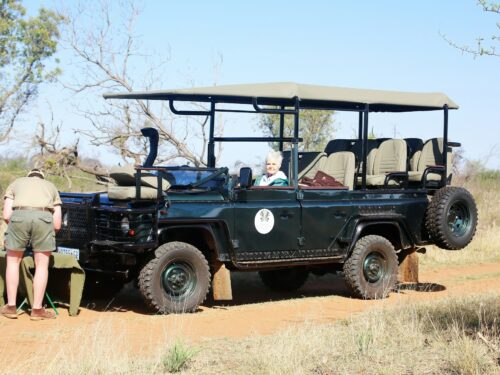
It’s something that everyone fears. Finally, starting your active holidays and getting an injury while there! It’s no secret that exercise and injuries go hand in hand; you cannot eliminate all risks, and accidents do occur. But, it’s still worth trying your best to prevent injuries on active holidays.
Regular exercise is good for everyone, but there is always a chance that you might get injured. However many years as a coach and guide on active tours, I have some tips that can minimize these risks hugely. We’re going to look at some of the common sports injuries and what you can do to prevent them. With some knowledge and planning, you can stay safe and prevent injuries on active holidays!
Most of these could have been prevented with the correct form, planning, and understanding of the sport or exercise you will be performing. Whilst we would love to see you, we want to make sure that you know as much as possible to avoid a visit to any sports injury clinic.
Related read: Tips for Active Holidays
Common Sports Injuries on Active Holidays
Here are a few common sports injuries we see from people on active holidays.
Achilles’ Tear/Tendonitis
Achilles tendonitis typically occurs among runners or those who participate in sports that include running and jumping. The Achilles Tendon at the back of your ankle will become inflamed and painful due to overuse, and in the worst-case scenarios, it can even tear.
If this is left untreated, it can become almost impossible to run, and you can do some serious damage. To prevent this, speaking to someone knowledgeable before you go on active holidays is important to ensure you are prepared.
You must ensure that you have strong hip and calf muscles to strengthen your Achilles tendon so it becomes more flexible indirectly.
Shin Splints
You will feel shin splints almost instantly as a sharp pain on the inside of your shin, usually when you begin a new sport or up the intensity of your workouts. All of it is the inflammation of the muscles that surround your shin, and it is easy to avoid.
We can assist you with the correct stretches to use before and after each cycle stage/walking to ensure that you avoid shin splints. Wearing proper and supportive footwear will also help immensely when working out. Whilst these are easy to avoid, they can be very painful if you do end up getting them!
Tennis Elbow
Epicondylitis is often known by its two most common forms – tennis elbow and golfer’s elbow. We see many people at our sports injury clinic suffering from tennis elbow, and it’s not always due to tennis! Tennis (or golfer’s) elbow is typically due to overuse and repetitive use of the muscles and tendons in your elbow and arm, and usually feels like a dull ache that you can’t seem to get rid of.
A range of massage and stretching techniques that you can take away to help prevent future rein jury we can also offer on tour.
Sprains and Strains
Sprains and strains are among the most common injuries we see here at our sports rehab clinic. This can range from sprained ankles to strained groin muscles and can be extremely painful if left untreated.
You can get sprains and strains from any sports or exercise that includes running, jumping, and using your shoulders (for example, weight training). The good news is that sprains and strains can be easily avoided, and you can work with your sports therapist to strengthen your muscles by having a good flexibility program to ensure that your muscles are ready for anything that you throw at them.
Rotator Cuff
Your rotator cuff refers to all the muscles and tendons that help to move and stabilize your shoulder, and tears can easily occur when you make repetitive motions if you are not careful.
To prevent this painful injury, you need to exercise your upper body and core back muscles to ensure that these are strong enough to prevent tears during sports. Stretching your chest during a cool-down can also help to reduce the risk of a rotator cuff injury.

Toro Blanco
Active Holidays in Spain
Toro Blanco offers personalized active vacations for cycling and hiking enthusiasts.
Their knowledge and skills will help you achieve your goals during this exciting vacation dedicated to cycling and hiking.
They are committed to their belief that a fit body is closely linked to a healthy mind, recognizing the inseparable bond between the two.
How to Prevent Injuries on Active Holidays
There are a few general things that you can do to help prevent injuries during sports or exercise; you don’t necessarily need to invest in a full strength and training program.
Here are our tips for injury prevention:
- Warm-up. One of the most common mistakes that people make is not warming up before they train, and it is never a good idea to work cold and stiff muscles. You need to make sure that you increase your body’s core temperature and blood flow to muscles before beginning exercise.
- Wear the right attire. Whilst you might trust your old faithful running shoes, you could be doing your body more harm than good. You need to ensure that your shoes fit your arch, gait, and body weight – you will thank us in the long run!
- Cool down. Stretching and cooling down after exercise is just as important as warming up. You need to make sure that you give your muscles the attention they need after exercise, or you could end up visiting us!
- Reduce your alcohol intake. Alcohol makes you very dehydrated, among other things. Please be responsible for how much you drink on active holidays.
- Listen to your body. Your body will give you signals when something is not right, and that ache after the gym could mean something more serious. You need to make sure that you give your body enough time to rest and recuperate in between workout sessions.
If you think active holidays are not for you, I think you will find there is a level for everyone if you are surrounded by the right people.
We are always happy to help.











